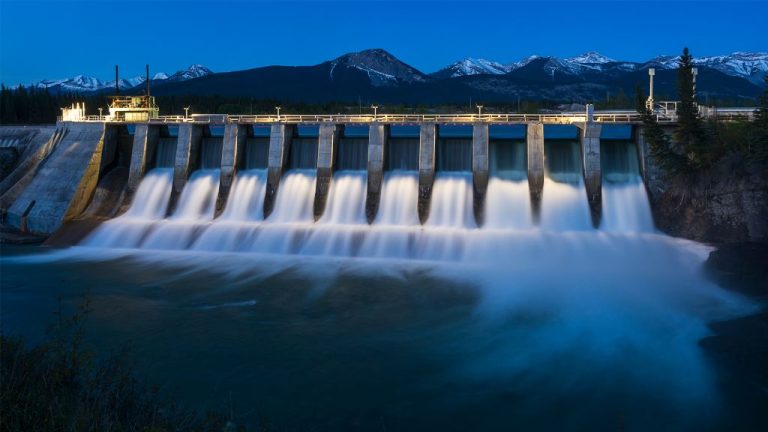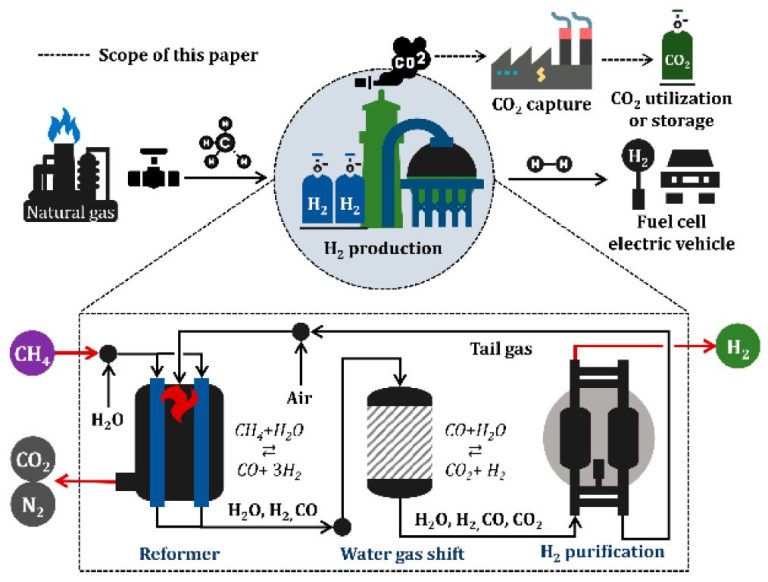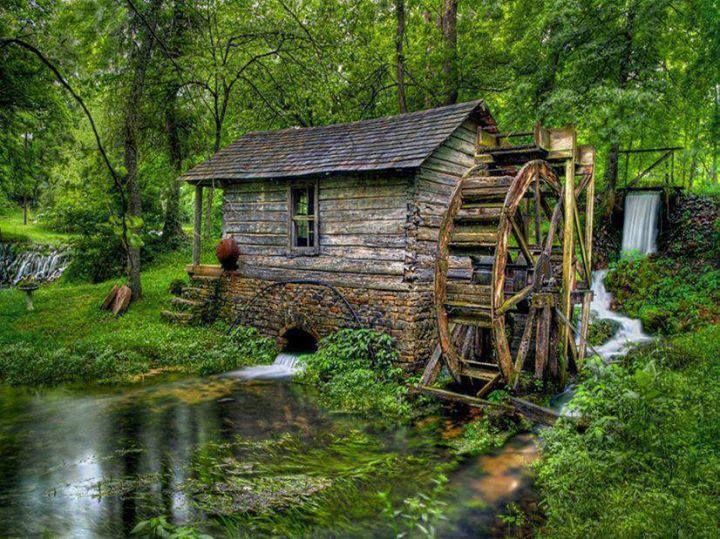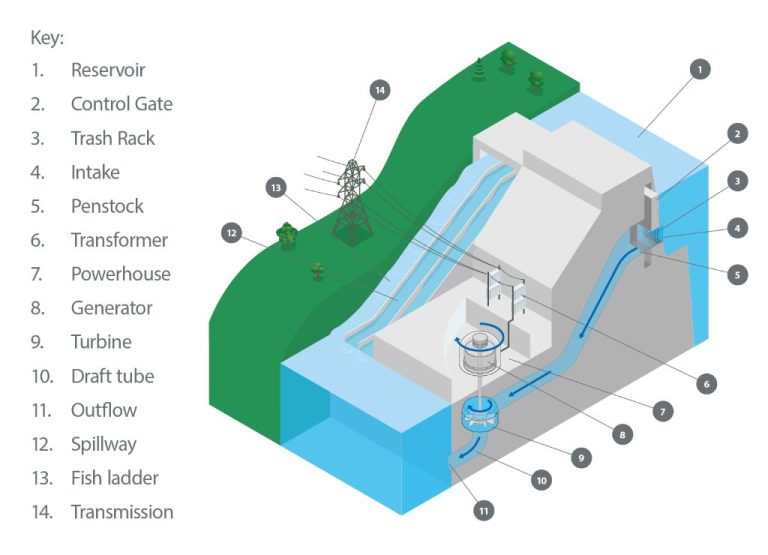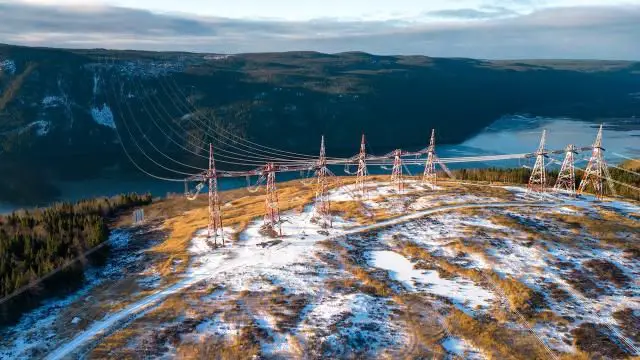Does The Hoover Dam Have Hydroelectric Power?
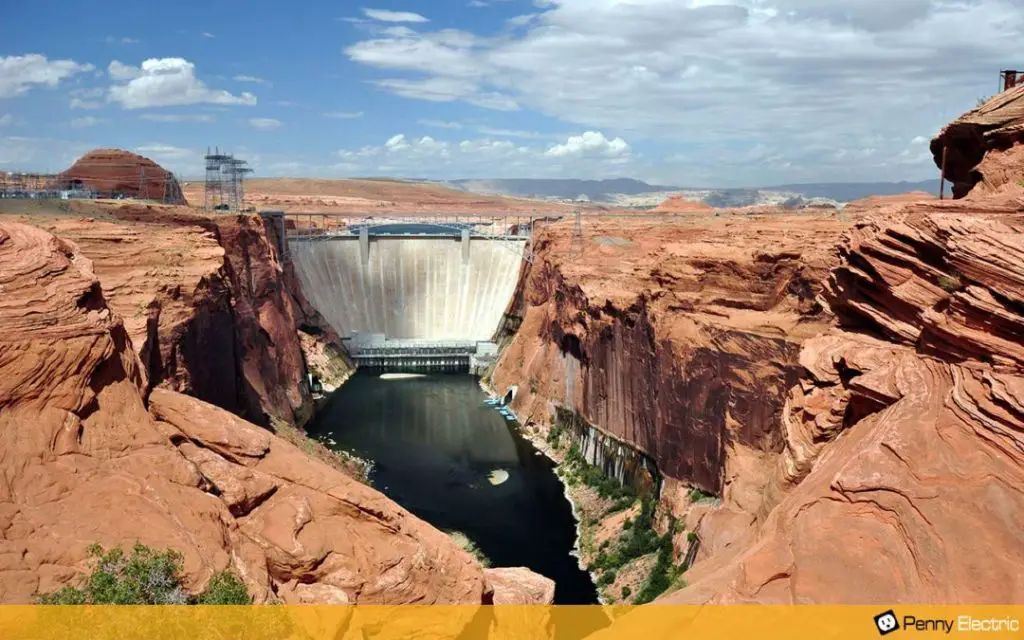
The Hoover Dam is a massive concrete dam located on the Colorado River at the border between Nevada and Arizona. Construction on the dam began in 1931 and was completed in 1936. The dam was built to control flooding, provide irrigation water, produce hydroelectric power, and provide drinking water for the arid Southwest region of the United States.
Prior to the dam’s construction, the Colorado River would regularly flood downstream communities when snow melted from the Rocky Mountains. The Hoover Dam helped control these floods by regulating the flow of the Colorado River. In addition, the reservoir created by the dam, Lake Mead, stores water that is used to irrigate over 1.5 million acres of land.
The Hoover Dam was an engineering marvel of its time and represents an important milestone in America’s infrastructure development. At 726 feet tall, the dam was the tallest in the world when completed. The massive project provided jobs during the Great Depression and helped spur development and growth in the Southwest.
Hydroelectric Power Basics
Hydroelectric power (also called hydropower) is a renewable energy source that generates electricity from flowing water. According to the Department of Energy, hydropower plants capture the energy of falling water to generate electricity. The most common type of hydroelectric power plant uses a dam on a river to store water in a reservoir. The water flows through a turbine, causing it to turn. This turbine then activates a generator to produce electricity.
The amount of electricity that can be generated depends on how far the water drops and how much water moves through the system. The more the water flows through the turbine, the more electricity that can be produced. Hydropower is able to quickly go from low power to high power, making it useful for providing reserve power and grid stabilization services.
Hydropower offers several key benefits:
- It is a renewable source of energy.
- It produces no direct waste or pollution.
- It is a flexible source of electricity that can respond quickly to meet demand.
- It has a long lifespan and relatively low operating costs.
- Reservoirs can also be used for recreational activities like boating.
Hoover Dam’s Hydropower Capabilities
The Hoover Dam has a massive hydropower generation capacity. The first generator was installed in 1936, with additional generators added through 1961 for a total of 17 (USBR, 2018). The dam has a nameplate generation capacity of 2080 megawatts with its 17 generators (EIA, n.d.). This means that at maximum output, the dam can produce over 2 gigawatts of electricity. On average, the Hoover Dam generates around 4 billion kilowatt-hours of hydroelectricity annually (USBR, 2018). This is enough to power over 1 million average U.S. households each year.
Power Distribution
The Hoover Dam’s power plant has a nameplate capacity of 2,080 megawatts and generates around 4 billion kilowatt-hours of hydroelectric power per year on average [1]. This electricity is sold to customers in Nevada, Arizona, and California through long-distance transmission lines.
The Western Area Power Administration (WAPA), part of the U.S. Department of Energy, is responsible for marketing the power generated at the dam. WAPA sells most of the electricity to public utilities and power cooperatives. Major customers include the Los Angeles Department of Water and Power, Arizona Power Authority, Colorado River Commission of Nevada, and Metropolitan Water District of Southern California [2].
Large transmission lines carry the electricity from the Hoover Dam to population centers like Las Vegas, Phoenix, Los Angeles, and beyond. Some of the original transmission lines spanning 266 miles are still in use today [3]. These lines allow the dam’s renewable hydroelectric power to reach millions of customers across the southwest.
Importance as a Power Source
The Hoover Dam is critically important as a reliable, low-cost source of power for Nevada, Arizona, and California. According to the Bureau of Reclamation, the dam generates approximately 4 billion kilowatt-hours of hydroelectric power each year. This massive amount provides power for 1.3 million people in the southwest United States.
The dam generates a substantial portion of the power used in the region. It supplies electricity to public and private utilities serving major cities like Las Vegas, Phoenix, Los Angeles, and many others. The Hoover Dam’s power plant alone provides 25% of the power used in Nevada. When combined with other dams along the Colorado River, hydroelectric facilities like Hoover supply 90% of Nevada’s power.
This plentiful hydroelectric power is extremely reliable and available on demand. The generators can ramp up and down quickly to meet peak energy needs throughout the day. The dam’s location, design, and advanced equipment ensure maximum uptime as well. Outages are very rare.
Lastly, the electricity generated is inexpensive compared to fossil fuel power plants. Using gravity and water flow instead of coal or natural gas, the dam provides renewable, clean power at a low operating cost over its lifetime.
Environmental Considerations
The construction of Hoover Dam had a significant impact on the river ecosystem of the Colorado River. By damming the river, the free-flowing ecosystem was drastically altered. One major consequence was that native fish populations such as the Colorado pikeminnow and humpback chub suffered declines due to changes in water flow, temperature, and sediment transport (Source).
To help protect fish populations, a number of conservation measures have been implemented over the years. Fish ladders were incorporated into the dam design to allow fish migration. Hatchery programs were established to breed endangered fish. Flow regimes have been managed to replicate natural seasonal changes. And native fish species have been relocated to tributaries less affected by the dam (Source). While Hoover Dam has irreversibly changed the river, ongoing mitigation efforts aim to balance human needs with environmental protection.
Future of Hoover Dam Hydropower
The Hoover Dam’s ability to produce hydroelectric power into the future faces some uncertainty due to climate change and the ongoing drought in the Western United States. According to a CNN article, the Hoover Dam’s energy production could be reduced by 25% by 2025 due to declining water levels in Lake Mead.
Some generator upgrades are planned to help maintain energy output. As reported by the New York Times, the Hoover Dam will undergo a $3 billion upgrade to install giant turbines capable of generating more power with less water flow. This shows efforts to future-proof the dam against climate impacts.
Ongoing drought conditions in the Colorado River Basin are a major issue to watch, as noted in this CNBC article. Hoover Dam’s managers are focused on balancing power generation, water storage, and downstream water delivery. Conservation efforts to reduce regional water usage could help take pressure off the strained Colorado River system.
Unique Aspects
The Hoover Dam was a massive undertaking for the 1930s that pushed engineering capabilities to new heights. At 726 feet tall, it was the largest dam in the world upon completion and remains an American landmark today (“The Greatest Dam in the World”: Building Hoover Dam).
Architecturally, the Hoover Dam is considered an engineering marvel. Its graceful art deco design incorporates massive intakes, spillways, and elegant winged statues, leading to its designation as a National Historic Landmark. The dam was built in a remote area using novel techniques like canal cofferdams, bypass tunnels, and cooling pipes running through the concrete. It represents the pinnacle of dam design in the 1930s (The Hoover Dam).
As an iconic American landmark, the Hoover Dam is a popular tourist destination that attracts millions of visitors each year. People can take guided tours deep inside the dam structure, view informational exhibits, and admire the structure from scenic overlooks. Views of the dam at sunset or sunrise are especially popular. The unique history and grandeur of the Hoover Dam ensure its status as a must-see destination for travelers (7 Things You Might Not Know About the Hoover Dam).
Comparable Facilities
The Hoover Dam is one of the largest hydroelectric power plants in the United States, but there are other major facilities across the country. Some other notable US hydropower plants include:
- Grand Coulee Dam in Washington state, with over 6,800 MW capacity
- Robert Moses Niagara Power Plant in New York, with over 2,400 MW capacity
- Chief Joseph Dam on the Columbia River, with over 2,000 MW capacity
There are also massive hydropower dams located around the world. The Three Gorges Dam in China is the world’s largest power station, with over 22,500 MW capacity. The Itaipu Dam on the Brazil/Paraguay border generates 14,000 MW. Other major facilities include the Guri Dam in Venezuela, Tucuruí Dam in Brazil, and Sayano–Shushenskaya Dam in Russia.
While the Hoover Dam is not the absolute largest hydroelectric plant globally, it still produces a massive amount of renewable power and stands out for its advanced engineering and historical significance.
Conclusion
In summary, the Hoover Dam has massive hydroelectric capabilities that have shaped the development of the Southwest region over the last 80+ years. Hoover Dam contains 17 main turbines that generate approximately 4 billion kilowatt-hours of hydroelectric power each year. This makes it one of the top hydroelectric power facilities in the United States. The dam provides power to public utilities in the states of Arizona, California, and Nevada, enabling millions of people and businesses access to electricity. While the future is unclear as drought persists, Hoover Dam stands out for its engineering marvel that successfully tamed the Colorado River and continues to provide clean, renewable power decades after its construction. There’s no denying the tremendous and lasting impact Hoover Dam’s hydroelectric capabilities have had.

